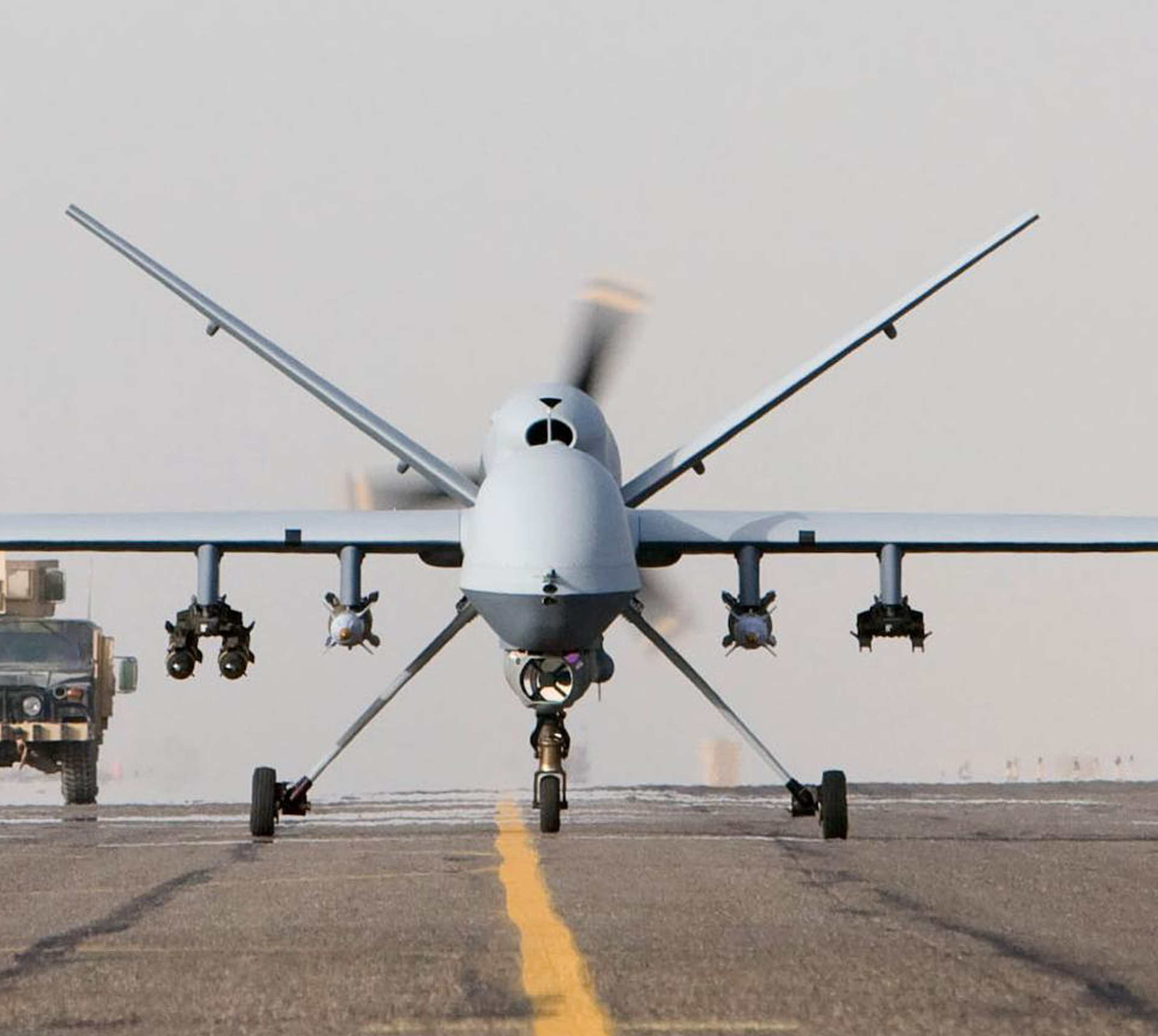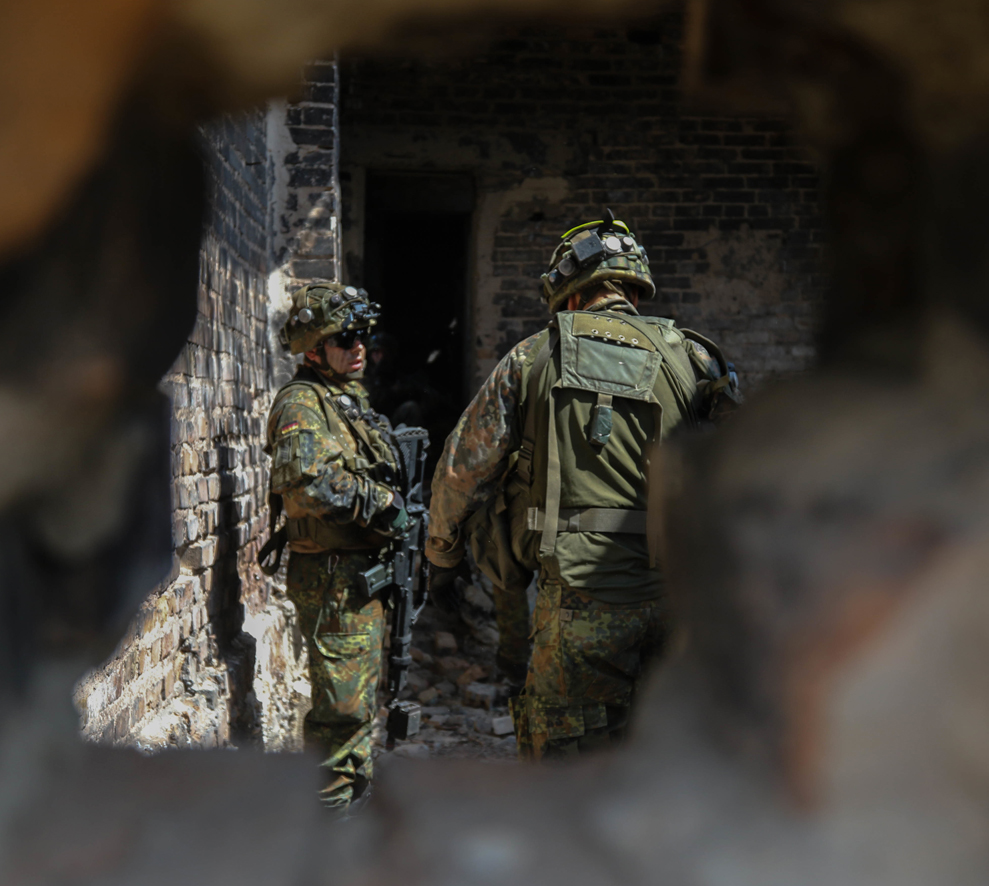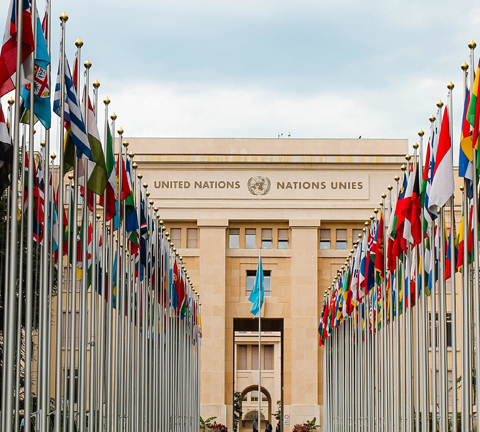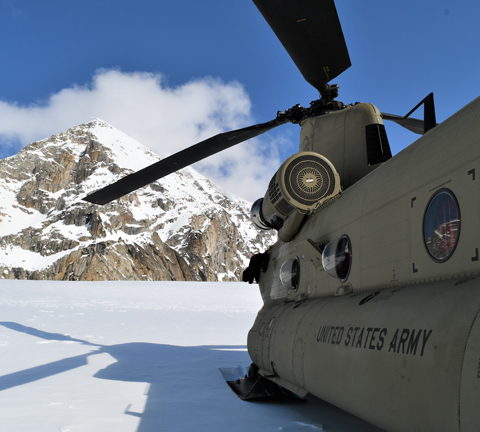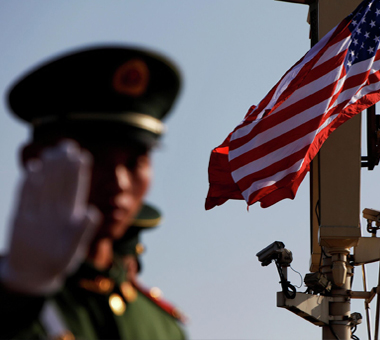Unmanned aerial vehicles (UAVs), particularly (UCAVs) known as combat drones, have become widely common, with increasingly changing dynamics associated with concepts of conventional force, rules of sovereignty, weapons of war, and battle behaviors, besides a change in the concepts and requirements of maintaining defense and national security.
In this report, we mean by UAVs the type of military aircraft that use a wide range of missiles and guided bombs, or low-priced commercial aircraft used for civilian purposes and then associated with their increased uses by terrorist organizations such as ISIS, and their multiple uses such as in air intelligence, surveillance, reconnaissance, command and control, which would have been impossible to achieve for states without sophisticated and expensive military tools.
This article examines the military and security threats arising from the use of UAVs— how this technology is used by some countries in the war on terrorism and in conflict management on the one hand, and its use by terrorist organizations and armed groups on the other.
UAVs in the war on terrorism
Nearly a decade ago, the United States monopolized UAV technology for military purposes, imposed export requirements, and led the world in employing it in one area, which is counterterrorism, as is Afghanistan, Syria, Yemen, Iraq, and Somalia.
At the time, it was limited to the way the United States intervened abroad. Using it, the US was able to collect pictures and intelligence information, and to target members of armed organizations and their leaders anywhere in the world without risking the lives of pilots.
Its use of this type of aircraft has had significant military consequences, such as the ability to disrupt the operational capability of al-Qaeda's Ansar al-Sharia in the Arabian Peninsula (AQAP) after the elimination of its most prominent leaders between 2012 and 2015.
The United States continues to rely on the use of UAVs for military operations, increasing the use of them to 238 strikes during the first two years of the Trump administration, compared to 186 strikes between 2009 and 2010 under the Obama administration.
Recently, the U.S. monopoly has come to an end, as more countries have realized the possibilities offered by this technology in changing the rules of military operations, engagement and sovereignty, in addition to its role in maintaining military and air equipment such as jetliners, and not endangering the lives of pilots behind the lines of adversaries. Hence, countries around the world have begun to race to invest, develop and own UAVs.
New dynamics of conflict management
In 2020, Turkey used UAVs extensively on battlefields in northern Syria, Iraq, Libya, and Karabakh, prompting the expectation that this experience changed not only how this technology is employed on battlefields, but also the future behaviors of conflicts, particularly in the Middle East.
Turkish experience has demonstrated the feasibility of relying on drones and their multiple functions. The Turkish army has launched integrated air campaigns, from jamming and intelligence gathering to striking various targets on the ground, be they personnel, vehicles, or even air or missile defense systems.
On wide battlefields, these aircraft have given the Turkish army or allied forces a strategic advantage, changing the prevailing notion that billions of dollars are needed to build a modern air force. Such technology has then had the capacity to resolve and change the balance of power in combat.
-%D9%84%D8%B7%D8%A7%D8%A6%D8%B1%D8%A7%D8%AA-%D8%A7%D9%84%D9%85%D8%B3%D9%8A%D8%B1%D8%A9-1700x680.jpg)
The Turkish experience may be the beginning of more complex dynamics, given the rapid development of military drone technology, applications and uses in a way that has become clear that future battlefields will not be without the use of such aircraft.
In addition to the competition and frantic race between many of the world's armies to develop this technology and its applications, some countries, including the United States, are reportedly seeking to link this technology to artificial intelligence. You can imagine an entire army led by remote-controlled drones, or that they could carry large numbers of munitions and weapons of mass destruction. According to a Russian air force team, Russia is likely to be able to launch nuclear attacks using drones in 2040.
New tools in grey and hybrid conflicts
The danger of drones lies in the different situations they are used in, as they allow anyone who has them to achieve their proper purpose. We have already demonstrated the role these aircraft have played in striking anti-American targets anywhere in the world, and the increasing reliance on them by the Turkish military on multiple battlefields.
Iran also finds a suitable weapon in such aircraft. First, this technology compensates for the weaknesses of its air force as a result of the sanctions previously imposed on it on the import of weapons and the high costs of weapons development. Iran's ability to invest in this technology for its low cost compared to jets. The radar footprint that allows it to hide, infiltrate and thus deny, all contribute to Iran’s desire to develop it.
Many armed factions in Iraq have shown great capabilities in their use of drones. Widespread reports and videos indicate that pro-Iranian groups are using them for espionage purposes and photographing U.S. bases and the U.S. embassy in Baghdad. However, the most serious recruitment is being carried out by The Houthis in Yemen.
There is an increase in reports of incidents associated with this type of aircraft launched by Ansar Allah to hit infrastructure deep in Saudi territory. Even when they are discovered, they are intercepted by Patriot air defense missiles, a solution that is perceived as costly compared to these attacking aircraft, with the Patriot missile costing nearly $1 million while the price of a drone is only $500.
Ansar Allah's experience in Yemen shows that this technology is used not only as tools on battlefield, but also to achieve political objectives, and is also an integral part of a media strategy as a new symbol of the techniques of violence among armed groups, particularly when promoting their uses and videos associated with their operations and attempts to amplify their direct and indirect impact.
The advancement in terrorist groups’ tactics
The use of drones is no longer limited to the regular armed forces or their proxies, as many terrorist organizations claim to possess such aircraft as having air force, and achieving a military advantage that enables them to reconnaissance and attack.
This technology has emerged in many terrorist and armed organizations such as ISIS and groups in Latin America that do not need countries to supply them. The reasons for the interest in drones are that they are easy to buy and have low costs, high accuracy, operational flexibility, and the possibility of exceeding the sovereignty of states and air defenses.
During the campaign against ISIS, it operated a wide range of drones in Syria and Iraq. According to the US Central Command, during the battle to liberate Mosul, ISIS used these aircraft which can be easily obtained online, and also used quadcopters to monitor and drop explosives on Iraqi and allied forces.
2017-%D8%B7%D8%A7%D8%A6%D8%B1%D8%A7%D8%AA-%D9%85%D8%B3%D9%8A%D8%B1%D8%A9-%D8%A8%D8%AF%D9%88%D9%86-%D8%B7%D9%8A%D8%A7%D8%B1-%D9%86-1700x680.jpg)
An emergence of new drone tactics can be noted, as tests suggest that merging this type of aircraft into a group or squadron makes their threat doubly dangerous. According to experts, a swarm of aircraft attack on a particular target forces defender to "destroy” and deal with a range of hostile objects at the same time. This has already taken place in 2018 when the attack on the Russian air base of Hmeimim in Syria highlighted the ability of armed organizations to train on and develop this technology. The Russian Defense Ministry has reported an attack on squadron of drones of at least 13 aircraft. The evidence indicated that the aircraft were launched from one location, one of which equipped with a camera to monitor the flight, correct its course, and strike accurately, while the rest carried 400 grams of explosives with metal rollers capable of hitting their targets 50 meters away. Warnings of such attacks remain, for in 2020 the commander of U.S. Central Command, Kenneth McKenzie, warned that U.S. forces in the Middle East were not adequately ready to defend against small drone squadrons.
Threat to national security of states
The threat of this type of technology is not only on the battlefields, but also in urban areas. While the warnings focused on the military use of drones, the widespread deployment of civilian uses has been a hand in concerns about potential security threats to national security and infrastructure in various countries.
Over the past few years, drones have become cheaper, easier to use and even developed, as they have been widely used for aerial photography, mapping, firefighting, rescue operations, air transport and freight.
While it is thought to be limited to amateurs, companies and government agencies only, security specialists warn of the scale of the significant threat posed by these aircraft. Security analyses indicate security gaps, a lack of full understanding of the series of actions and the course of operations used in attacks associated with drones.
Drones can approach leaders, sensitive sites and infrastructure, such as those that targeted Venezuelan President Nicolas Maduro in 2018 in an attempt to assassinate him. They can also cause great chaos, as the world has seen flights suspended due to flights for security or personal purposes. On January 22, 2019, flights were suspended at Newark Liberty International Airport in New York, and on 8 January of the same year London Heathrow Airport was closed, because of seeing a drone.
Threats of these aircraft increase due to the ease of possessing them by anyone. All it takes to launch a terrorist attack lies in the words of the Deputy Editor-in-Chief of the United States Army Association, Michelle Tan, “buy a commercially available drone, strap a bomb to it and let it fly.”
To face such a threat, the drone should be discovered first, which is not an easy task. According to a 2018 report by the US National Academies of Sciences, Engineering and Medicine, the discovery of such aircraft is highly problematic because of its small size, low-altitude flight, irregular routes, and mobility at varying speeds.
Even with the advancement of the tools and methods used to intercept this type of aircraft, such as the use of jamming, lasers, machine guns, electromagnetic pulses, and collisions with other drones, the other challenge is to apply rules of engagement with aircraft that are likely to carry explosives and fly in urban areas between high-rise buildings and crowded areas. This is not only to undermine the effectiveness and scope of interceptors or their detection, such as audio-visual sensors, but also to the damage that may result from their projection, whether physical or human.
One frightening scenario is to use such aircraft in an attack with chemical or biological substances. A 2018 report by the U.S. Military Academy's Combating Terrorism Center warned that terrorist groups are looking for new ways to employ drones, including carrying chemical weapons or unleashing similar disasters.
Conclusion
Based on the above, the key factor behind the increased use of UAVs and their multiple tasks is to enable them to provide low-cost air power to states, armed groups and terrorist organizations.
Today, the market for this type of aircraft is growing, along with the threats arising from it. Teal Group, an aerospace and defense industry analysis firm, expects research, development and procurement spending worldwide to rise to about $14 billion by 2029.
With the continued development of drones and advances in their software, their employment is expected to expand not only in the physical world, but also in the cyber world, in a way that allows them to be used to interfere with communications systems, intercept data and the possibility of self-destruction if detected.
There is a possibility of rationalizing the possession of drones and deterring their risks, but it is impossible to prevent their proliferation. The more they become deployed, the more they are used by individuals, states, groups and organizations, and therefore combating the threat posed by them will be a priority in the plans of regular armies and law enforcement forces.
Keep in touch
In-depth analyses delivered weekly.

Related Analyses:







